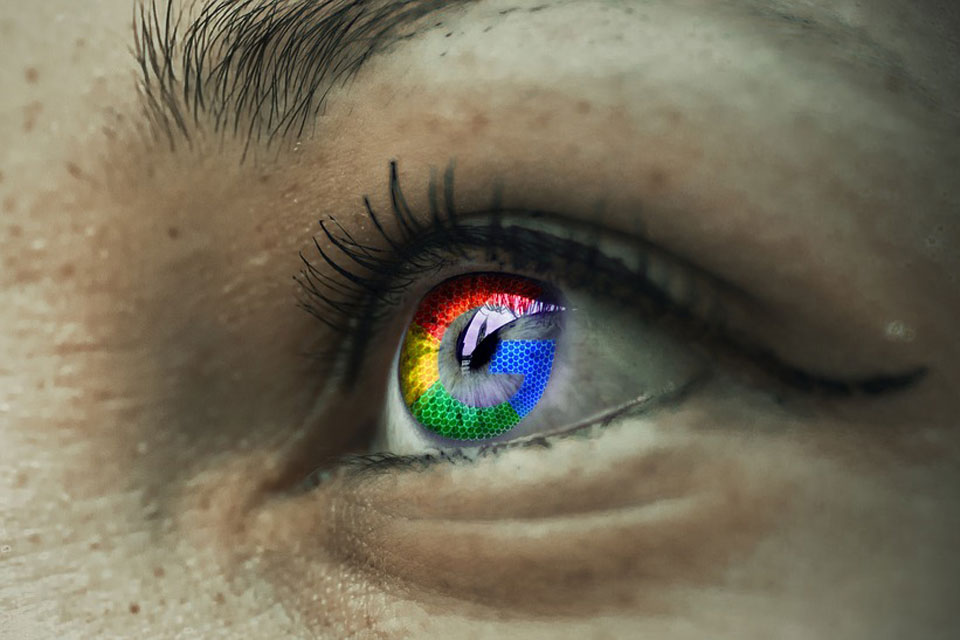GUEST BLOG: Why high-end brands need digital
If you’re a luxury brand, it’s important to know that 80% of your sales are influenced by online activity. This figure shouldn’t come as a surprise in 2019, as this is the year where many businesses across industries have implemented a digital marketing strategy that ensures conversions.
Marketers of luxury brands have notably changed their ways. At one time, such companies would capitalise on exclusivity, mystery and the curiosity of the consumer. While this may still be true for some high-end names, understanding that your customers of tomorrow are hungry for digital is crucial in your next steps to future-proofing your business.
Mediaworks takes a look at the key areas that your brand should be focusing on this year…
Making your brand engaging through visual content
You need to ask yourself what makes your brand engaging online. If you don’t have a solid answer, that becomes a huge problem. Whether it’s through search or social media, your brand has the ability to reach customers more frequently. This means you must understand the user journey and intentions from their initial interaction.
Once you have identified customer touchpoints, you’ll be able to tailor visual content that they want to see from your company. This should range from strategic content marketing campaigns that drive your brand message while ensuring the promotion of specific product or services, to assets that can be produced with a quick turnaround and pushed out publicly to capitalise on emerging trends.
Using your insights to drive ideas
Taking advantage of the digital landscape allows luxury brands to gain a better idea of who their customers are. Using analytical tools, you can build an effective data strategy that will allow you to create a detailed picture of your customers’ personas — using their online behaviour, for example — which can feed into your business strategy.
The goal is to turn data into information, and information into insight. The output of this data can be used to create a trend analysis, which can then determine your marketing strategy and how you can tailor specific content and products to them.
Having sales or survey data can be a great way of creating an angle for a content piece, to be pushed out to local/national media outlets. Analysing the data into a news hook can be a effective way of gaining online exposure for your brand, especially if the news hook/article is tailed to a specific publication where your target market are hanging out and interacting with.
Influencer marketing
If you’re a luxury fashion brand, consider reaching out to influencers in your space to see if they’d be willing to work with you on on-going campaigns. The best thing about influencer marketing is that the audience is already there, all you need to do is build a strong relationship where both parties are getting something out of it, whether it be a product or coverage. In fact, influencer marketing should be an active tactic in your social media marketing to increase brand awareness, get your content in front of fresh eyeballs, and generate new leads for your sales funnel.


